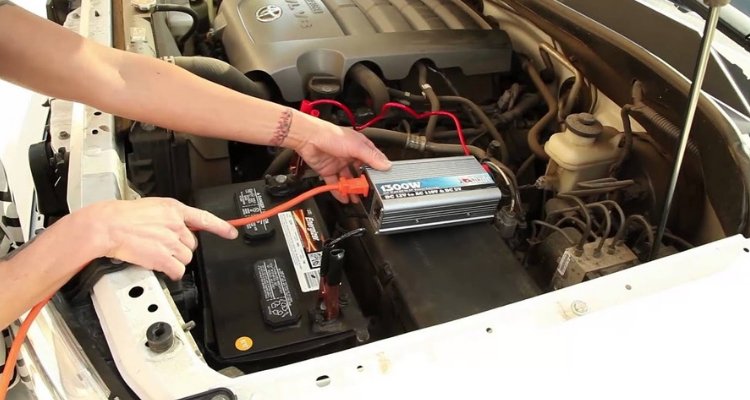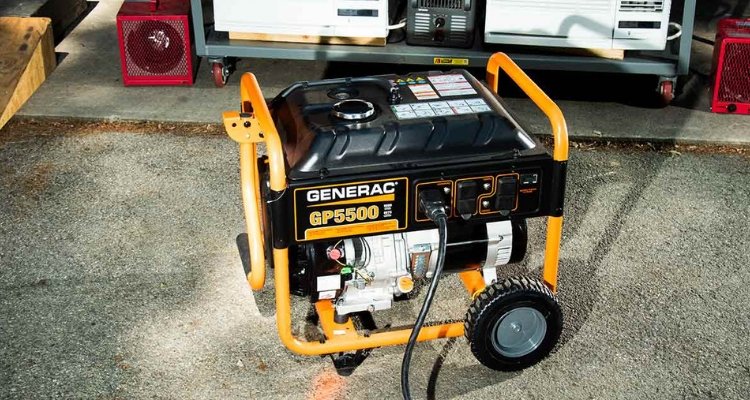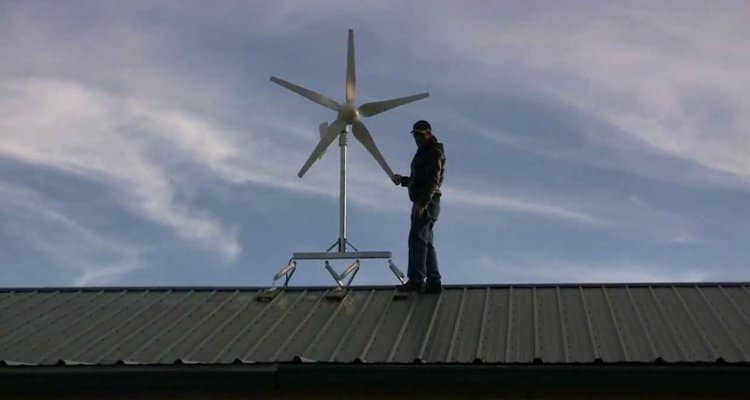A lot is being done at the local, state and federal level to conserve the planet’s resources and to help lead a more sustainable lifestyle. Thankfully, many utility companies have started to implement renewable and alternative energy into the power that it sends to houses and businesses. Cities have started composting programs, have (controversially) banned plastic bags, and implemented “pay as you throw” trash programs.
With so much being done at higher levels to increase conservation and sustainability, it’s understandable that people have started to slack off at the personal level. If this sounds familiar, here are some things that you can do to get back on track. Each of these is a simple, reasonable change you can make in your daily life.
1. Shop around to make sure you’re getting the best deals on your utilities.
If you live in a state like Connecticut, Ohio or Texas, where the energy industry has been deregulated you’ve got more wiggle room here. Spend some time researching different Texas electric companies (or Ohio or Connecticut, or wherever you live). Look for programs with sustainable or renewable power sources that you can opt into. Consider switching to natural gas, which is better for the environment and your pocketbook all at the same time.
2. Make some eco-friendly changes to your house.
Tankless water heaters will give you permanent hot water, less water use and a tax credit. Solar panel installation can also save you money on your taxes while helping you reduce your electric bill and energy usage all at the same time. Energy efficient appliances save money and use less power as well. You get the idea.
3. Set up a compost pile in your yard.
This reduces the amount of trash that you toss into landfills (in plastic bags so it can never biodegrade). It also provides you with an eco-friendly alternative to fertilizer for your yard. If you live in an apartment or do not have a yard, set up a compost bin. Your town probably has a community composting program that will take your drop offs.
3. Build a rainwater collection tank if you have the space for it.
Rainwater can be used for things like watering the lawn, washing the car, etc. It reduces your water consumption which, in addition to being environmentally friendly, saves you money on your water bill.
4. Use cloth bags at the grocery store.
This is better for the environment than using plastic bags. If you live in a city with a plastic bag ban (like Portland or San Diego) it can save you from having to cart paper bags around. It might even save you money since many of the cities with the bans also charge for paper bag usage.
5. Use reusable coffee cups, cold beverage containers, and water bottles.
These save you from having to use paper or plastic cups, which even though these are recyclable now, isn’t as good for the environment as a washable beverage container. It’s also worth noting that many coffee shops will give you a discount off of your coffee if you bring in your own cup, so that’s a money saver on top of being an environment saver.
There are lots of little but important things you can do to help save the world. How many more can you think up?











 In November of 2008 I invested in my
In November of 2008 I invested in my 






 It is important to inspect your cylinder and outdoor gas appliances for leaks. Do this before using them for the first time each season, as well as on a regular basis. This can be accomplished in a well-ventilated area with a simple “bubble” test:
It is important to inspect your cylinder and outdoor gas appliances for leaks. Do this before using them for the first time each season, as well as on a regular basis. This can be accomplished in a well-ventilated area with a simple “bubble” test: I found that an easy way to do this test is to make a soapy solution out of dish washing liquid and water. I then place the mixture in an empty, clean spray bottle.
I found that an easy way to do this test is to make a soapy solution out of dish washing liquid and water. I then place the mixture in an empty, clean spray bottle.